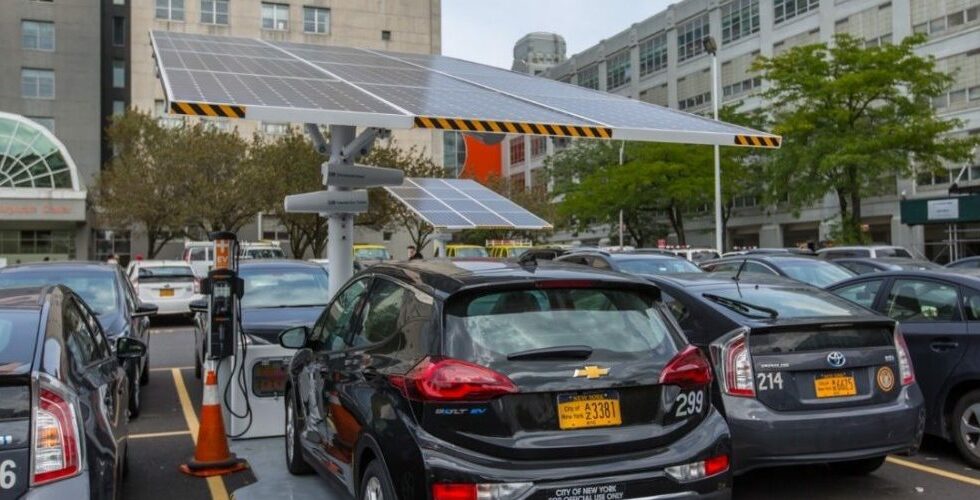Sparkman: A Smart Parking Management Tool for University Campuses
This project aims to develop a student parking lot zoning and zone permit pricing model, and then integrate the total demand model, “base price” model, and the zoning model into a software tool named Sparkman, which can be used by all university parking offices.









